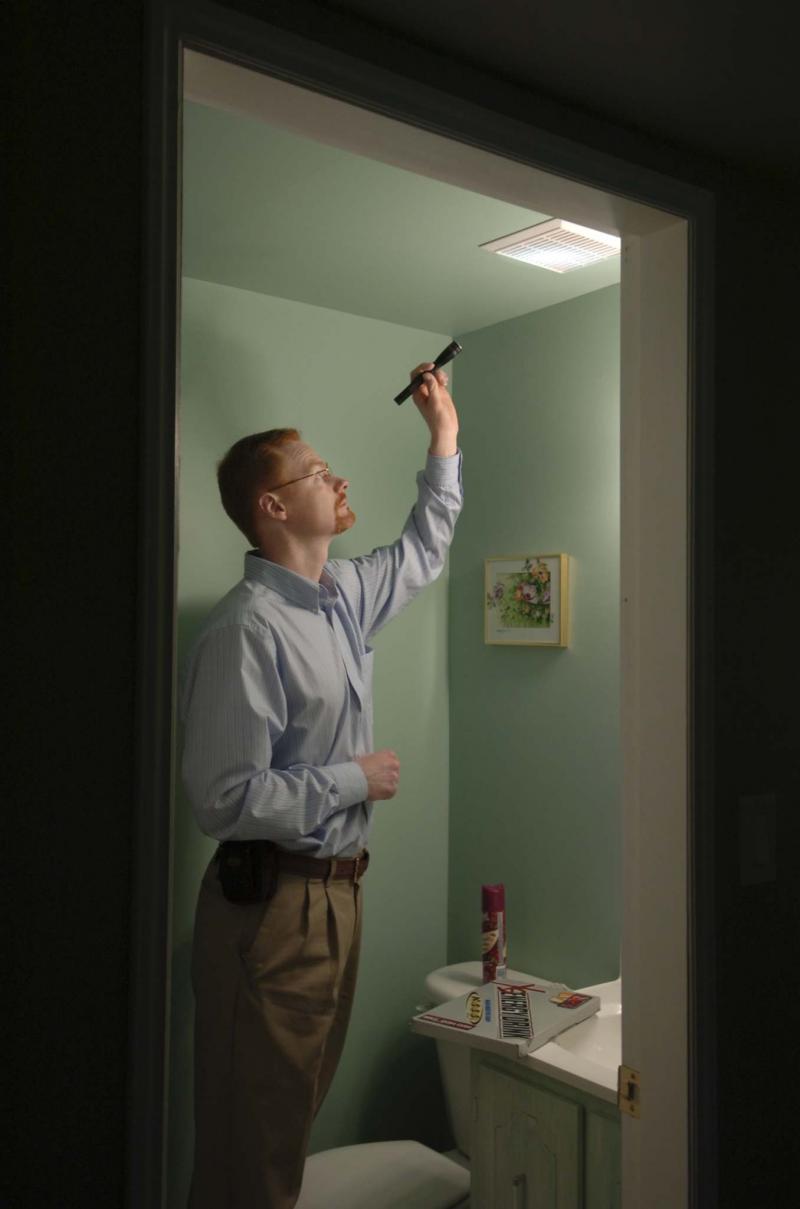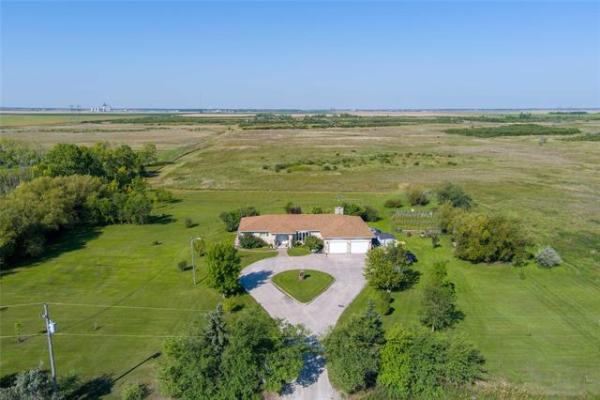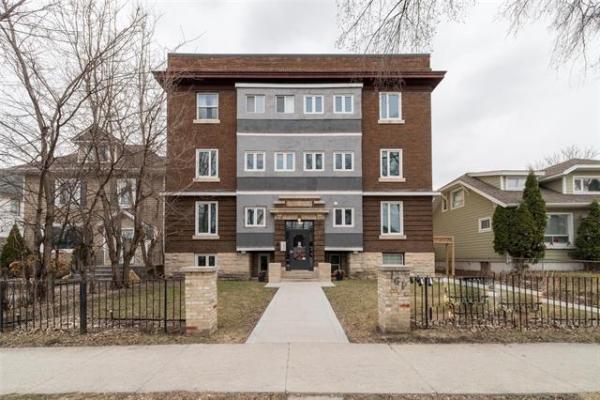
Glenn Baglo / Vancouver Sun files
Venting the bathroom exhaust into a properly designed roof-mounted hood can save your soffit.
Question: Can you tell me what I can do about ice forming where my bathroom fan vents into my soffit?
I have a bungalow where the bathroom fan on the main level vents along a smooth three-inch duct for about five feet in the attic to the soffit. This duct and vent are original from the 1960s.
I replaced the fan last winter and it has a four-inch output. I used a reducer so I could use the existing duct.
Now I find icicles on the soffit where the vent is discharging.
The duct is insulated and I placed fibreglass insulation on top of the fan and duct.
Could there be an issue with the slope of the duct? I think it is pretty level, but it may slope to the soffit slightly. Should I plan to vent it through the roof instead? I would appreciate any advice you can offer. — Thanks, Mike Kressock
Answer: Venting bathroom exhaust fans through ducts located in attics is still quite common, but terminating them in soffits is an older practice that is no longer favoured. Redirecting the exhaust fan duct to a roof-mounted vent hood, designed for that purpose, should eliminate the ice issue.
There are many older practices in homes that have become almost extinct, due to expanded knowledge or problems associated with those construction methods. Installation of mechanical exhaust fans in bathrooms, for improved ventilation of humid air, is a practice that began in the 1960s, when your home was built.
To facilitate this, ducting was either run through the attic above the bathroom ceiling, or directly through the exterior wall. The ceiling installation was more common, as increased insulation was being installed for better thermal protection at that time. So, it was not much more work to install a duct for the fan in between the ceiling joists, and then cover it with the attic insulation to prevent condensation and heat loss. The problem was where to terminate the duct, so it could properly vent out the wet, warm exhaust air.
It made sense, at the time, to simply extend the duct right through to the eaves, install an elbow pointing downward, and cut a hole in the thin plywood soffits to allow the air to escape. A simple metal grill or register was typically installed over the opening, for aesthetics and to prevent pest intrusion. This method proved to be a bad idea for two reasons. The first issue is what you have observed, icicles forming on the register. This is simply because the exhaust may travel a fair distance from the fan to the soffits, where it cools excessively as it hits the cold, outside air.
If the covering of the duct restricts this airflow enough, the moisture in the exhaust air will condense and freeze, just as it reaches this area. The second issue is that this exhausted air wants to rise when expelled from the duct, as it is warmer than the air outside. This wet air will rise up, condense on the underside of the soffits, freeze and later melt, causing eventual rotting of the wooden soffits. Also, the small metal register that was normally placed over the duct opening would corrode over time, potentially allowing access for insect and even rodent intrusion into the attic.
Realizing that this was a regular occurrence, builders began rerouting the exhaust fans a decade or so later. Some were able to easily route them to vertical vent hoods on attic gable ends, if the roof was a gable style roof. Otherwise, roof-mounted vent hoods were installed and the ducts connected between these and fan housings.
Both of these options allowed installation of a flap-style cover for the vent opening, which automatically closes when not in use, to prevent pest issues. However, this created another concern, as the ducts had to travel much further through the uninsulated portion of the attic. Often, the exhaust would cool excessively and not be able to properly escape the duct before condensing and freezing. This could not only cause ice buildup on the duct in the attic, but also improper ventilation, leakage, and damage to the bathroom ceiling.
To prevent this new problem, builders began wrapping the ducts with insulation, which mostly solved the dilemma. Later on, pre-insulated duct was created that was flexible and very easy to install. While this ducting is still widely used today, the corrugated plastic inner ducting restricts airflow, considerably, which can lead to frost buildup within the duct itself.
This last issue is not a certainty, but is more common in newer homes that are very well air-sealed and insulated. So, to answer your question directly, you should vent the duct through the attic to a properly designed roof-mounted hood, or gable end vent hood.
If the pre-insulated ducting does frost up and leak, installation of solid ducting, with a layer of insulation added around the exterior after erection, is the proper way to go. That will also allow you to install the proper four-inch diameter ducting, which the fan was designed for, which should improve the exhaust discharge, as well.
Termination of bathroom exhaust fan ducts in soffits was never a good idea, and can certainly lead to ice formation, but also rot and rust formation in the soffits and vent cover. Re-routing an insulated duct to a properly installed, roof-mounted vent hood should provide relief from the ice formation and also improved fan performance.
Ari Marantz is the owner of Trained Eye Home Inspection Ltd. and the past president of the Canadian Association of Home & Property Inspectors — Manitoba (cahpi.mb.ca). Questions can be emailed to the address below. Ari can be reached at 204-291-5358 or check out his website at trainedeye.ca.
trainedeye@iname.com



